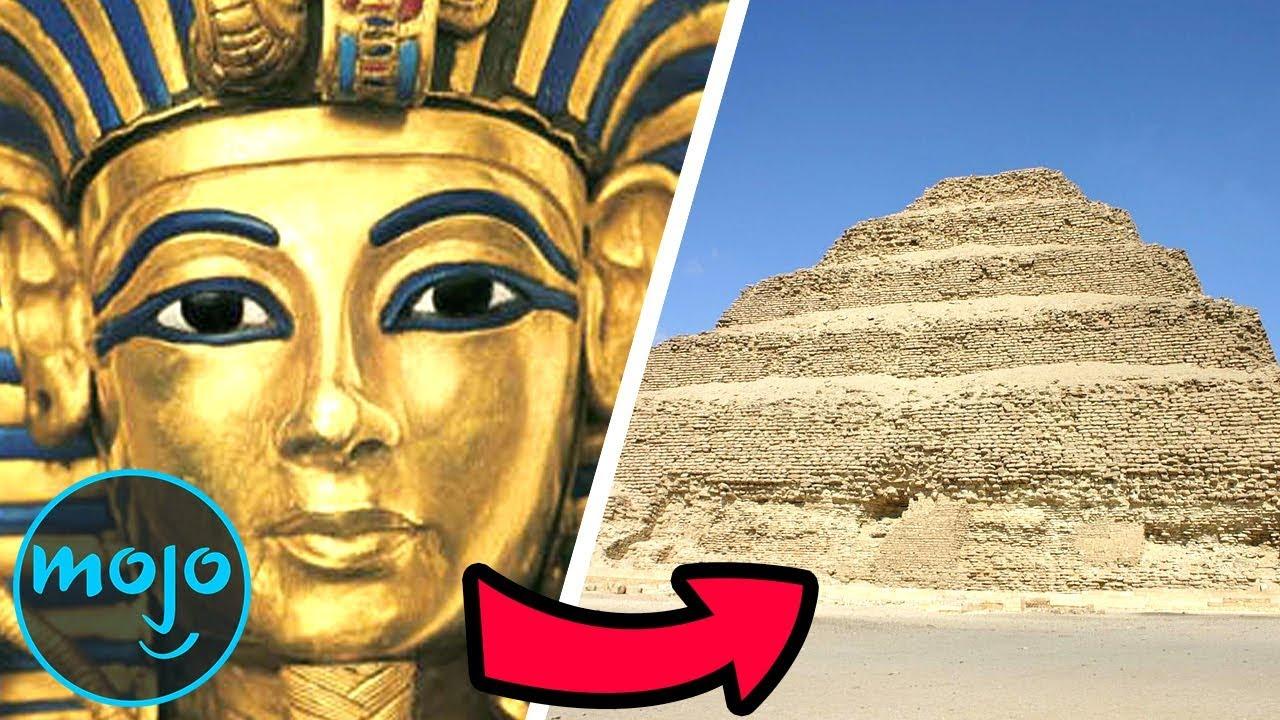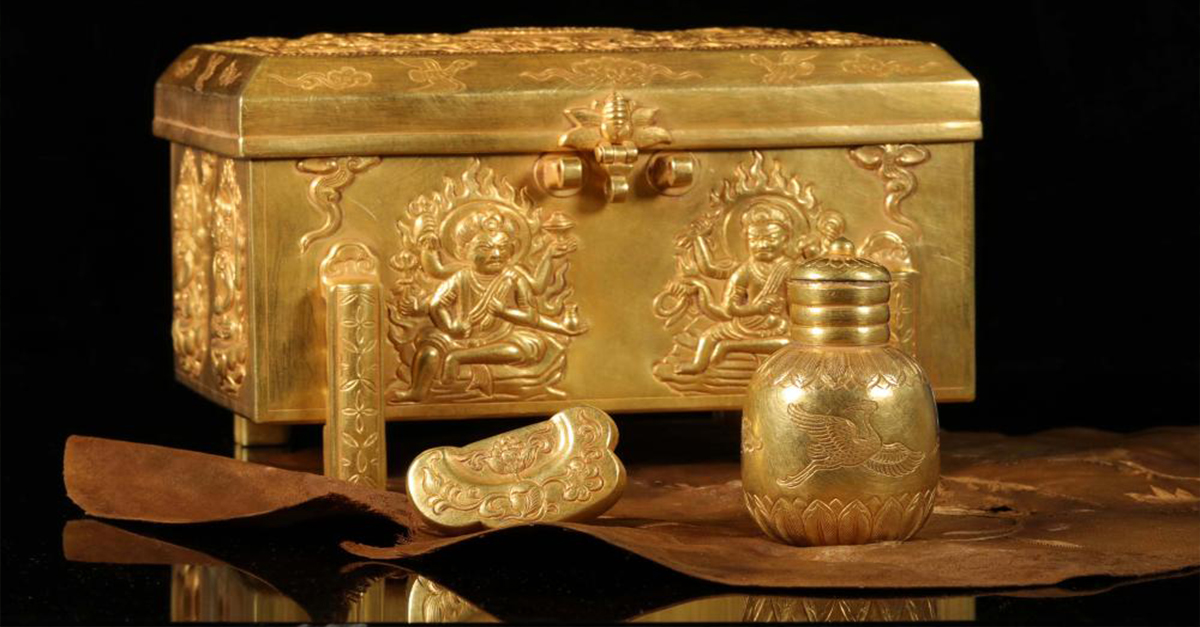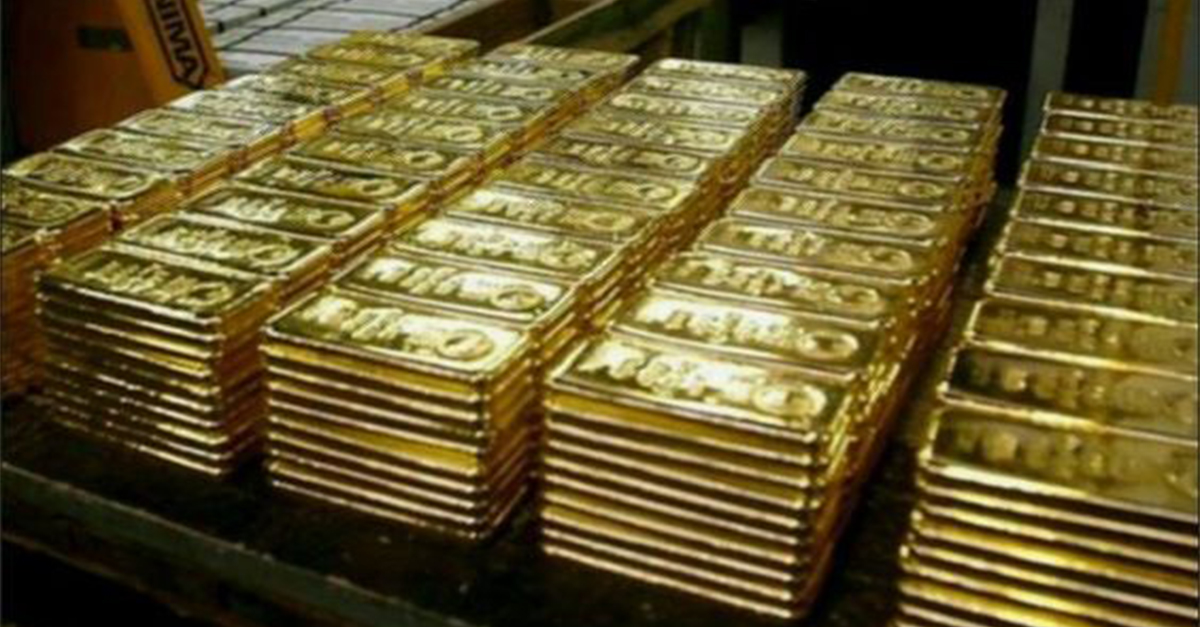In the shadows of antiquity, a poignant tale emerges—a story woven with intriguing details surrounding the burial of an infant who departed this world before reaching the tender age of one. The sepulcher reveals a scene that transcends the ordinary, as dark blue stones, like celestial guardians, delicately cover the tiny eyes of the departed child. A touch of mystery unfolds as a vivid red woolen thread delicately traverses the delicate passage of the nostrils, hinting at ancient rituals and beliefs that accompanied the departed on their journey beyond.
Within the confines of this solemn resting place, the infant is accompanied by artifacts that serve as enigmatic companions in the afterlife. A pointed cow horn, perhaps laden with symbolism lost to the annals of time, lays beside the diminutive form, echoing the mysteries of ancient rituals and traditions. A bottle, fashioned from the udder of a sheep, cradles secrets that elude our understanding, concealing the purpose and significance behind this curious funerary inclusion.
As we traverse the corridors of history, the burial of this young soul beckons us to contemplate the profound depth of ancient practices and beliefs. What significance did the dark blue stones hold? What whispered tales did the red woolen thread carry into the ethereal realm? The pointed cow horn and the sheep’s udder bottle evoke questions that echo through the ages, inviting us to unravel the layers of symbolism and cultural nuances interwoven into the fabric of this poignant burial.
The infant’s resting place, adorned with artifacts both curious and cryptic, becomes a portal to a bygone era—a time when the journey beyond life’s threshold was marked by rituals that remain tantalizingly elusive. The delicate interplay of colors, textures, and shapes in this funerary tableau paints a canvas of mystery, urging us to peer through the veil of time and glean insights into the ancient customs that accompanied souls on their celestial voyage.

This well-preserved infant mummy was discovered in the cemetery of the Qizilchoqa settlement, about 60 km west of Qumul (Hami), an important ancient Silk Road city in the far eastern part of the region. It was dated ca. 1200 BC…
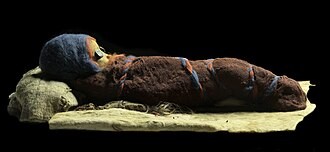
More information in “Ancient Mummies of the Tarim Basin” and “The Mummies of East Central Asia”
It is one of hundreds of Caucasian (European) Bronze and Iron Age mummies discovered in deserts along the Silk Road in Central Asia and northern China…
Now, these are pottery-decorated horns found in children’s graves from the Central European Bronze Age (2000-1500 BC) inlaid pottery culture.
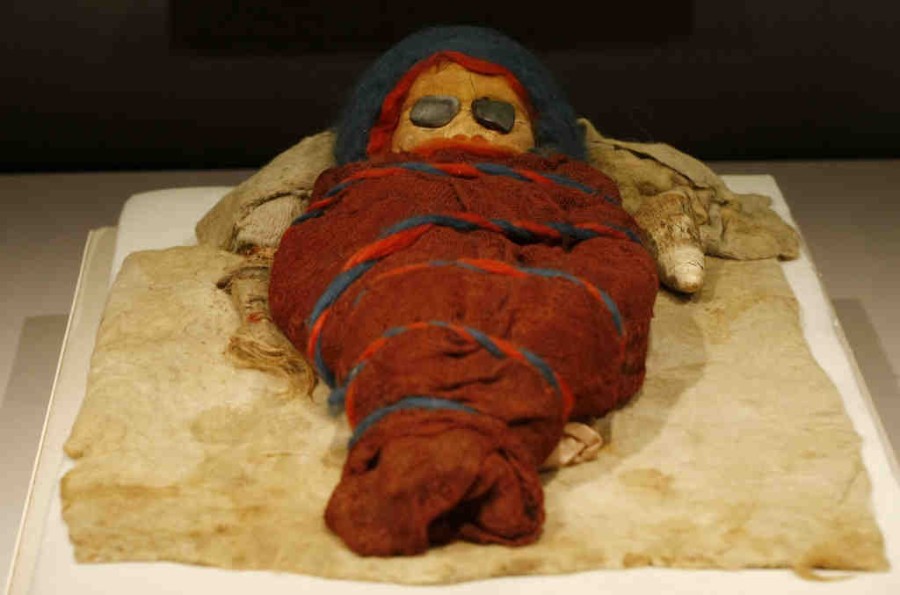
I talked about them in my post “Milk horns for babies”…
Why were these horns placed on children’s graves? Provide them with drink in the other world… How do we know this?
We know this because people of the encrusted pottery culture buried their dead with age-appropriate “funerary items”: large ceramic vessels for adults, small ceramic vessels for children, and ceramic horns for babies…

I talked about this in my post “One for the road”…
And because of the ancient belief that the afterlife is “a thirsty place”… And because in Central Europe, making sure the dead have enough water in the afterlife is still considered an imperative… I talked about this in my post “Thirst ”…
Have you ever thought about how our ancestors came to the idea that the other world was a thirsty place? Or perhaps it is better to ask where and when our ancestors came to the idea that the other world was a thirsty place?
I’m thinking…

